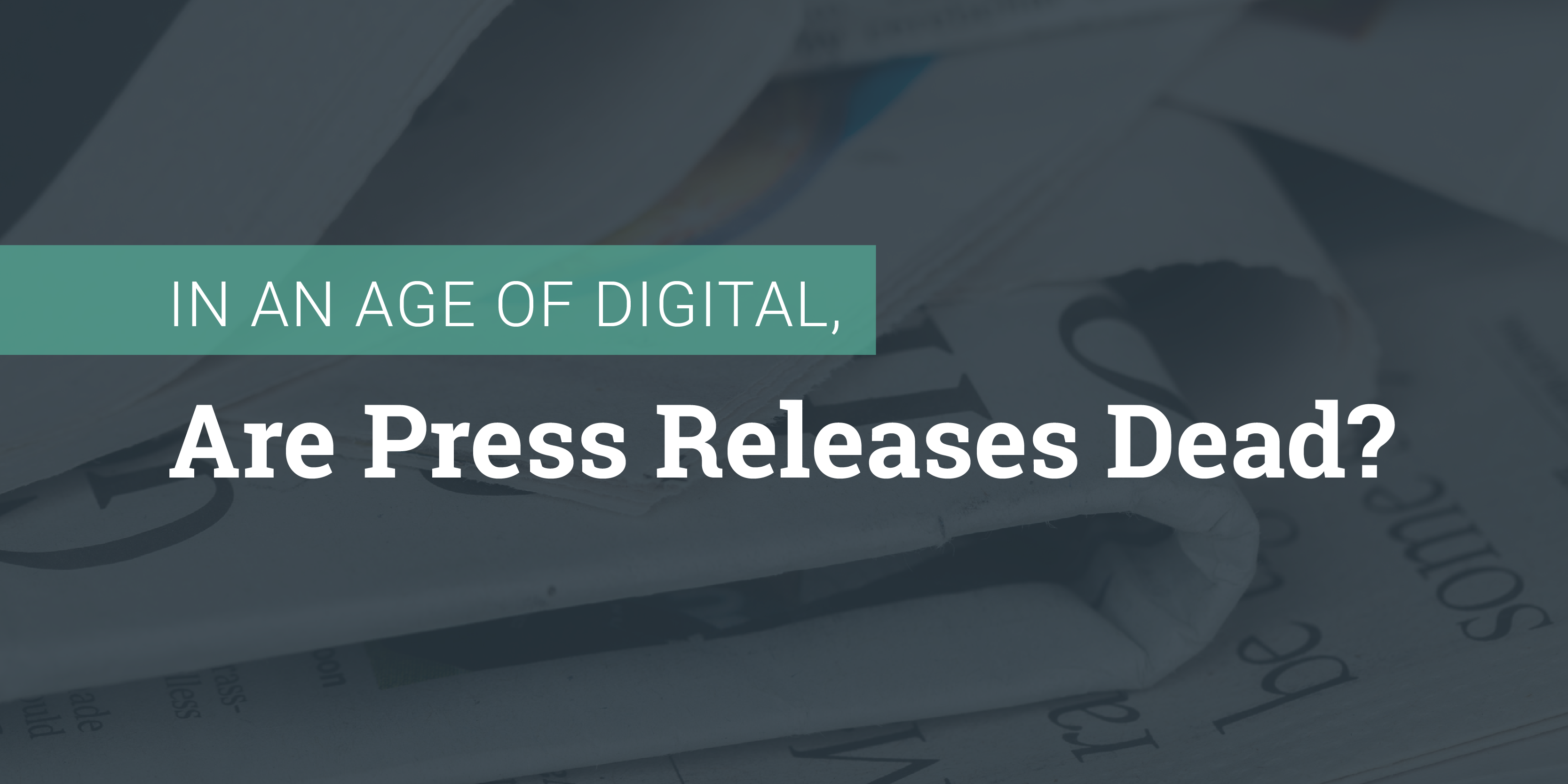
Press releases have been used to announce events, updates, and even acquisitions by organizations. But, in the age of digital marketing, are they still relevant?
How It Began
In a time where information is literally a click away and we take in news from social media sites with a character limit of 280, one may question, are traditional mediums obsolete?
Over one hundred years have passed since the birth of the press release. And we’re here to ask, are press releases dead or do they still have a place and purpose in the age of digital?
It was October 28th, 1906 when a train wreck left 50 people dead in Atlantic City. The story tells us, Ivy Lee, press expert for the Pennsylvania Railroad, was responsible for recounting the tragic trainwreck. Lee created a statement to ensure an accurate portrayal of the event and invited the press to the scene to report firsthand. This was where the press release originated.
By creating this release, Lee built trust and transparency between his client and the public.
While technology has advanced dramatically since that day of the train wreck, the purpose of the release has stayed the same. Press releases are meant to inform audiences of new developments within the company. The main goal is to provide information in a professional and concise form right from the source.
What are the benefits of a well-written press release?
One may argue that releases are a traditional and inexpensive way to get the word out and raise awareness for your company. A well-written press release is an excellent way to communicate and attract potential investors, reporters, producers, and editors who cover the news. Press releases are written in news style creating a sense of legitimacy and clarity. Being consistent with your releases provides a steady stream of news for reporters and transparency with your audience of the goings-on within the organization.
Tips on Writing a Great Press Release
I read an article the other day on HuffPost that pertains to this topic. CEO Zach Cutler of tech PR firm Cutler Group provides a list of things to consider when writing a press release. This is your companies opportunity to not only keep the media informed of recent developments but spark the interest of journalists. Here are some tips:
- Attract attention with a compelling headline
- Make your point right off the bat!
- Include numbers and hone in on the facts.
- Proofread. Proofread. Proofread.
- Incorporate quotes - this provides authenticity that cannot be replicated.
- Point of contact — put this at the top of the page.
- Keep it concise — one page is best.
- Do not make the reader search for more information. Provide links.
Dead or evolving?
Perspectives can vary so it would seem the answer to this question is a bit of both. Dan Lyons comments in an article written on HubSpot, “I have a confession to make. When I was a reporter at Newsweek, I received literally thousands of press releases via email — and I deleted almost every single one of them without even opening them.” This leads us to question the value of the press release if the content is not being consumed by the reporter.
So what is the solution?
The press release in its traditional form may be an adequate form of communication only in particular situations, but it feels that in order to get information out to your audience it is imperative to rethink and refresh the outlet. In the age of digital, we find ourselves yearning for an authentic form of communication. Companies may find that posting online is a more compelling way to deliver the same information as a press release.
So, we pose the question to you. Are press releases dead?